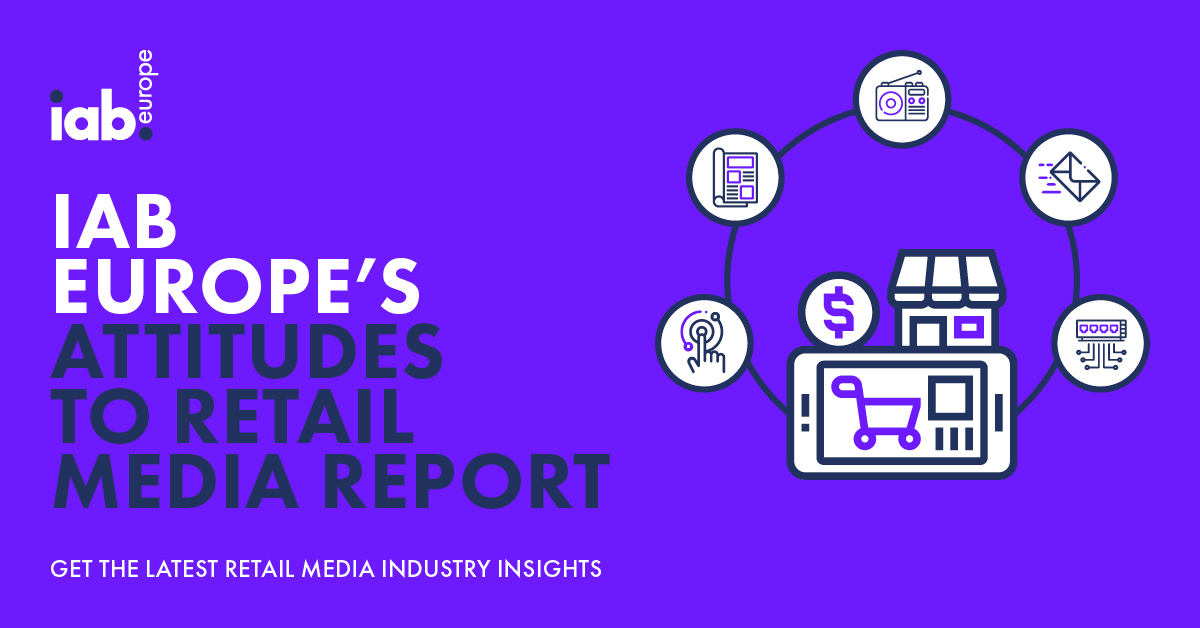Schuh is regularly cited as an example of a retailer that ‘gets it’, writes Sean Fleming. It knows who its customers are, it knows what they want, and it works hard on making sure they get it
If you want to get customer engagement right, it needs to be an innate part of your corporate DNA. You can add as many bells, whistles, or apps to your retail offering but if you don’t have a commitment to being precisely who your customers expect you to be, there will always be a gap between expectation and reality.
Sean McKee is Schuh’s director of ecommerce and customer experience. He explains how the footwear retailer manages to be all things to all people chiefly by being itself.
“If you want to ensure the best customer engagement, the key things to focus on are look, feel and tone of voice,” he says. “They have to be consistent so that regardless of whether it’s in-store, online, or in a live chat session, the customer feels like they’re talking to the same people, that they’re getting the same kind of experience and the same quality of experience.”
This also extends to being innovative and offering customers a range of options for delivery and payment, too, as seen with the recent adoption of Klarna’s mobile payment technology, which lets shoppers pay for their goods simply by entering their email and delivery address. No more log-in processes, or passwords to remember, no need for card details either. The process is designed to be quick and simple. It even offers a pay-after-delivery option.
It’s not just a trendy-sounding gimmick. Schuh undertook extensive A/B testing comparing the Klarna checkout with the traditional checkout and was able to identify a double-digit uplift in sales conversions with Klarna.
Testing and measuring is a mainstay of the company’s approach to improving its customer engagement activities too.
“We measure and A/B test everything to make sure all our customer interaction is working, and we measure sentiment constantly,” McKee explains. “We get a lot of feedback and we scrutinise it all carefully – whether it’s free text comments in feedback forms, net-promoter scores, that kind of thing. We take action where we can to make sure things are being done properly.
“And we try to be available for customers at all times and across all the channels they want to use.”
Social media
Schuh has a presence across seven different social channels: Snapchat, Facebook, Twitter, Pinterest, Instagram, YouTube and Google Plus. But two of those stand out in engagement terms: Facebook and Twitter, as McKee points out. “We use Facebook Messenger and Twitter for customer service activity, and that’s something that was driven by the customers, not by us.
“For example, if we’re signing a student up so they can receive their on-going student discount, Facebook Messenger is the fastest way by far to do that, for the customer.”
Presently, Schuh isn’t using any AI or automation technology. While having a person on the end of each process and interaction undoubtedly helps underline the human touch where the brand experience is concerned, this can also be a resource-intensive approach.
“I can see a role for AI or automation in fraud checking,” says McKee. “But it’s all very conceptual at the moment. There’s clearly a role for it in speeding up click and collect or order tracking too, potentially. Any routine high-volume tasks that have a high dependency on people would be obvious areas to consider as it means you can redeploy your people on to other tasks where they can add some real value.”
Expansion overseas
Schuh’s customers tend to be younger and are as comfortable buying online as they are in the store; 67% of Schuh’s online visits are from smartphones and 11% from tablets, with only 22% originating from desktops/laptops. Unsurprisingly, half the company’s ecommerce revenue (50%) and orders (54%) come via mobile, contrasting with the third of shoppers (33%) who order from desktop, accounting for 36% of revenue.
Summer 2017 saw the launch of a German website from Schuh, to sit alongside the three stores it has in that country. Until that point, the company had only operated in UK and Ireland – the latter being its largest European market, after the UK. Deliveries to countries in the European Economic Area (EEA) are fulfilled via standard two-to-five day free delivery, for orders over €75. However, with the launch of the new German language website this summer it introduced next-day delivery in Germany, which will expand into neighbouring countries. Although the UK is still the mainstay for shipping, it is considering opening a German distribution centre, if demand dictates its necessity.
On top of offering customers a choice in terms of payment, delivery and communication, Schuh also makes sure there is a single, consistent view of price and availability across all channels. This single view of stock means deliveries can be made using stock held in stores around the country, or from any of its distribution centres. Returns are free to those customers that sign up to the Schuh mailing list on checkout, or at a store.
This interview first appeared in the: IREU Top500 Brand Engagement Report:2017








